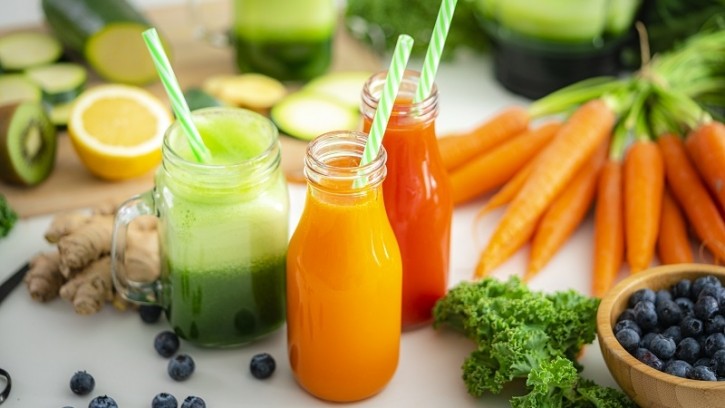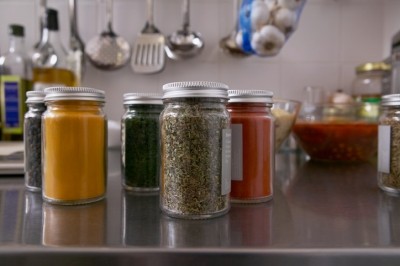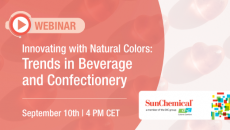Clean-label trends boost natural flavors, but price remains key purchase driver

Today, consumers demand more clean-label products ─ those with natural ingredients and fewer additives ─ as they perceive them to be better for their health. Most (83%) shoppers are knowledgeable about clean-label products or have heard the term, according to a survey of more than 1,200 US consumers from earlier this year conducted by The Acosta Group.
As clean-label products grow, CPG companies increasingly are relying on natural flavors created from extracts and essential oils derived from plants or animals. The global natural flavor market was valued at $6.4 billion in 2023 and is expected to grow by a 7.5% CAGR between 2024-2030, spurred by consumer demands for natural and clean-label foods and beverages, according to Grand View Research data.
“Companies and consumers alike are looking for natural products that are true-to-fruit. They do not want as many artificial ingredients, and [companies] want clean labels for their consumers. The trend is better-for-you, healthy natural products, and we expect this to continue to grow,” Justin Kozlowski, VP and commercial GM of flavors at Bell Flavors & Fragrances, told FoodNavigator-USA.
Balancing consumer demands, production costs: Picking artificial or natural flavors
When selecting between a natural or artificial flavor, CPG companies must consider the strengths of each supply chain, and the consumers they are trying to reach, Kozlowski explained.
With natural flavors, CPG companies must ensure they have “the correct market and consumer for the product to justify the expense, as natural flavors have an increased cost,” he said.
“Natural flavors are preferred to make clean labels, [but] artificial flavors are more readily available than natural ingredients. From the onset, [raw ingredients for artificial flavors] are more cost-effective, which is attributed to the extra certifications required for the clean label claims,” Kozlowski elaborated.
He added, “There is a significant risk of supply chain issues [with natural flavors] should there be crop and growth concerns. We saw this in Madagascar with the vanilla bean many years ago. It took approximately ten years after the crops were decimated for the vanilla market to stabilize. With ingredient and crop variability, you have increased finished product variability as well.”
CPG companies can make a cleaner label product by excluding flavor additives, Kozlowski said. However, a company limits its ability to develop new SKUs and flavors and reduces the shelf-life of a product by forgoing a flavor additive altogether, he noted.
Consumers are more concerned about prices than food additives
Despite growing demands for natural flavors in products, consumers are less likely to scrutinize a flavor over other ingredients that have been the focus of public scrutiny, Matthew Barry, insight manager of food and beverages at Euromonitor International, told FoodNavigator-USA.
“The artificial flavor question has been overshadowed recently by similar issues. One is the debate over artificial sweeteners, which has had some high-profile news stories recently, [and] I think has taken a lot of attention away from artificial flavors. The other is the growing concern over ultra-processed foods,” Barry elaborated.
Additionally, shoppers are prioritizing purchasing products that fit into their budget, even if they claim to want better-for-you products with natural flavors, Barry explained. This is often referred to as the “say-do gap,” where consumers express interest in doing one thing but do something else in practice.
“We must be very careful in looking at expressed consumer preferences and extrapolating that to actual buying behavior. What dominates the consumer mindset right now is the high price of food and beverages. Anything that adds additional cost is a major stumbling block. I think what you have in many cases is a consumer who might ideally like a product with natural ingredients, clean label, low levels of processing or whatever else, but once they see it is higher in price, turns away,” he added.

















